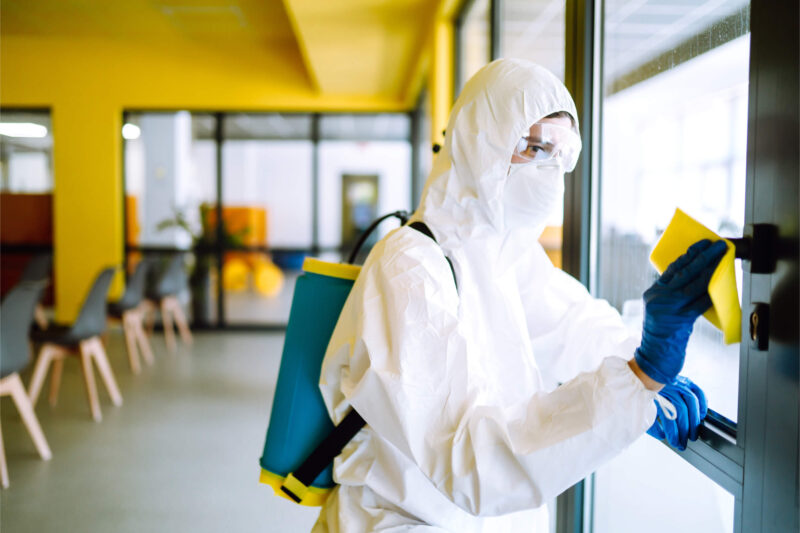est control plays a crucial role in safeguarding public health and safety. The presence of pests—such as rodents, insects, and other vermin—can have significant negative impacts on the well-being of individuals and communities. Here’s why pest control is so important:
1. Prevention of Disease Transmission
Pests are known to carry and transmit a variety of dangerous diseases. For example:
- Mosquitoes spread diseases like malaria, dengue fever, Zika virus, and West Nile virus.
- Rodents (rats and mice) can carry diseases such as leptospirosis, salmonella, and hantavirus.
- Cockroaches are known to trigger asthma and allergies and can also spread bacteria and viruses.
Pest control helps minimize the risks of these diseases by reducing pest populations and eliminating their habitats.
2. Protection of Food and Water Supplies
Pests can contaminate food and water sources, making them unsafe for human consumption. Rodents, for instance, can gnaw on packaging, leaving behind droppings, urine, and hair. Insects such as flies and cockroaches can spread bacteria from contaminated areas to food products. Pest control helps maintain the safety of food storage and preparation areas, preventing contamination.
3. Preservation of Property and Infrastructure
Pests like termites and carpenter ants can cause extensive damage to buildings, furniture, and other structures. Termites, in particular, can destroy wooden components of homes and buildings, leading to costly repairs and potentially compromising structural integrity. Routine pest control prevents infestations from reaching damaging levels, protecting property investments.
4. Reduction of Allergies and Respiratory Issues
Pests like cockroaches and dust mites are known allergens. Their droppings, saliva, and shed body parts can trigger allergic reactions and worsen asthma symptoms, particularly in children and individuals with pre-existing respiratory conditions. Effective pest control can alleviate these triggers and improve indoor air quality.
5. Avoidance of Emotional and Psychological Stress
Pest infestations, particularly those involving visible or aggressive pests like cockroaches, rats, or bedbugs, can cause emotional distress. The anxiety of dealing with a pest problem can lead to sleeplessness, stress, and discomfort. By addressing these infestations early, pest control helps maintain peace of mind and a healthy living environment.
6. Ensuring a Safe Environment for Vulnerable Populations
Certain groups of people, such as the elderly, children, and those with weakened immune systems, are particularly vulnerable to the effects of pest-related diseases. By reducing the risk of pest infestations, pest control efforts help protect these sensitive populations from health risks.
7. Support for Community Hygiene and Sanitation
Pest control contributes to the overall cleanliness and hygiene of a community. Pest infestations in public spaces, such as schools, hospitals, restaurants, and offices, can make areas unsanitary, leading to the spread of pathogens and creating an unpleasant environment. Pest management programs ensure these spaces remain safe and hygienic for all.
Conclusion
The importance of pest control for public health and safety cannot be overstated. It helps in disease prevention, protects property and food supplies, reduces allergens, and ensures a healthy and safe living environment for everyone. Effective pest management is essential for maintaining a high standard of public health and safety across communities.









